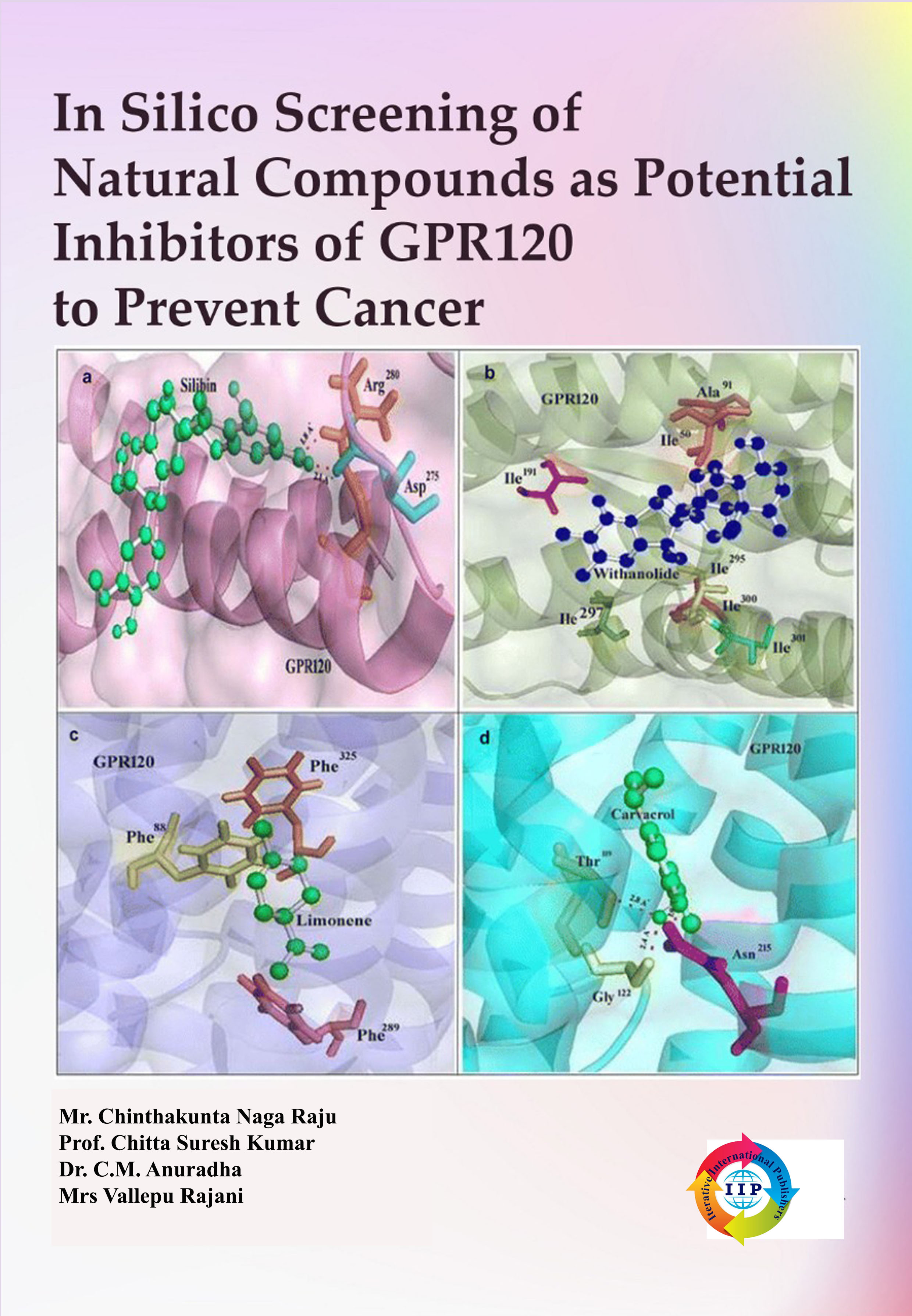
ORGANIC SYNTHESIS-AGENTS ACTING ON THE CENTRAL NERVOUS SYSTEM
-
TypePrint
- CategoryAcademic
- Sub CategoryPhD Thesis/Thesis
- StreamApplied Biological Sciences & Bioengineering
The first important step in the long journey towards discovery of newdrugs via the approach of structural modification of known biologicallyactive molecules is the selection of sutable ‘lead’molecule. The mainsoureces of ‘leads’ include:• Knowledge of the biochemical step to be modified/inhibited,• identification of a prototype possessing the required type of activityand• Synthesis of new compounds, based on ‘pattern recognition’followed by their broad screening.Once a‘lead’ has been identified, it is often possible to optimise theparticular activity by synthesis of its analogs, maintaining the essiential‘pharmacophoric pattern’ in relation to specified biological affect,followed by biological acitivity. It is useful to carry out bothphysicochemical-active relationships (PAR) and structure-activityrelationships (SAR). The PAR then explains the interactions betweenorganic molecules and a biological system in term of a few quantitativeparametres which describe the physicochemical properties of the organicmolecules. Such studies apart from the possibility of providing newdrugs/leads, also give meaningful information about conformers, thestructure-function relationship, and the topography of the bioreceptorsinvolved. The work envisaged in this thesis is based on this approach to drug design. The marked CMR activity exhibited by antodyne, lead to the discovery ofdrug such as mephenesin, chlorphensin and its carbamates which possessclinically useful CMR activity.The book is organized into six chapters.
**Note: IIP Store is the best place to buy books published by Iterative International Publishers. Price at IIP Store is always less than Amazon, Amazon Kindle, and Flipkart.





COMMENTS
No Review found for book with Book title. ORGANIC SYNTHESIS-AGENTS ACTING ON THE CENTRAL NERVOUS SYSTEM